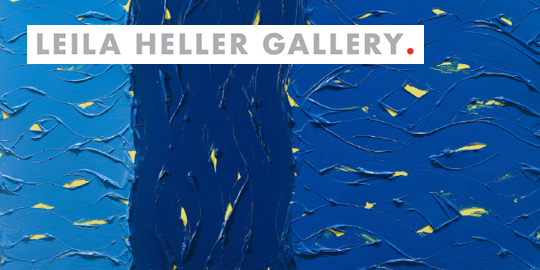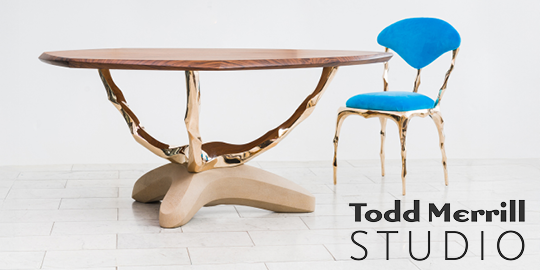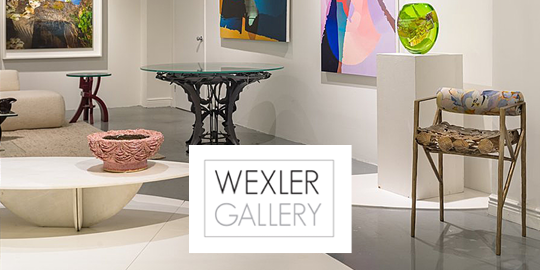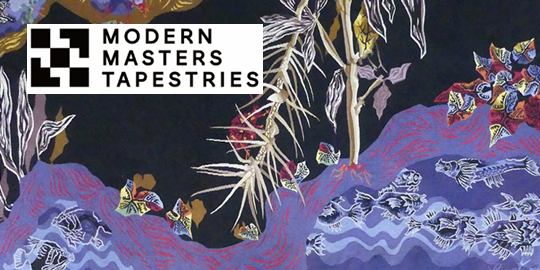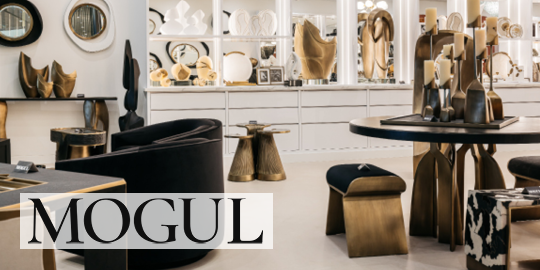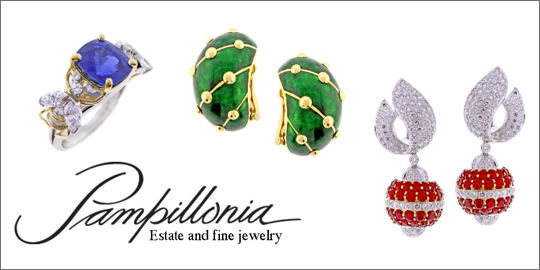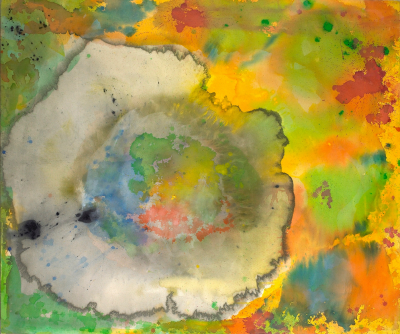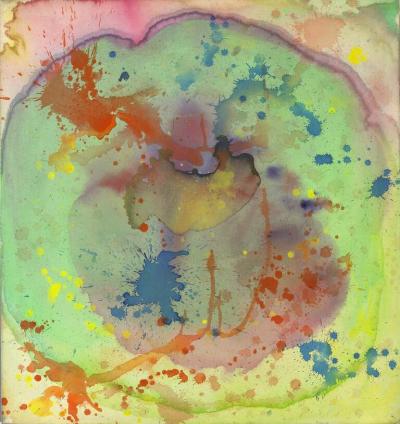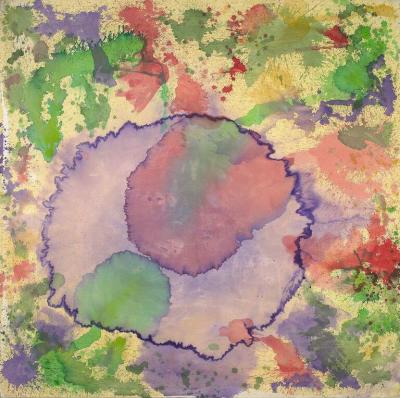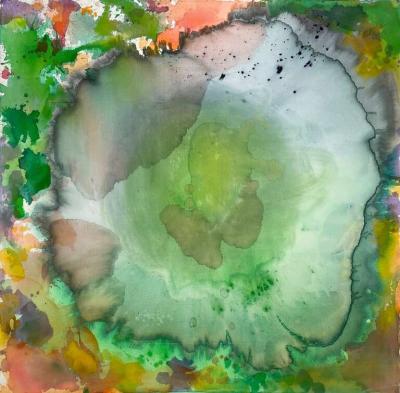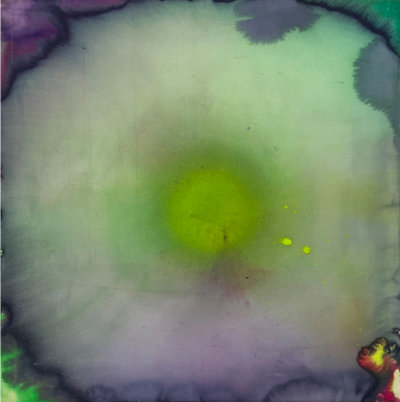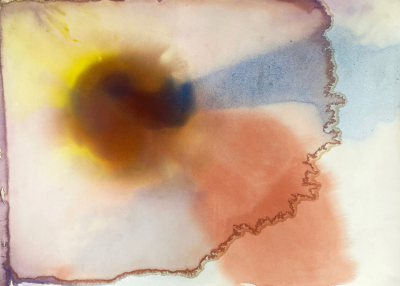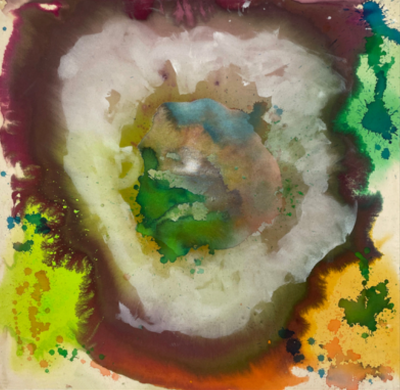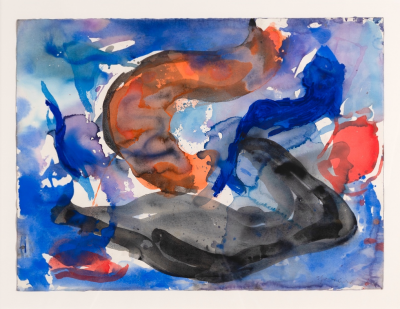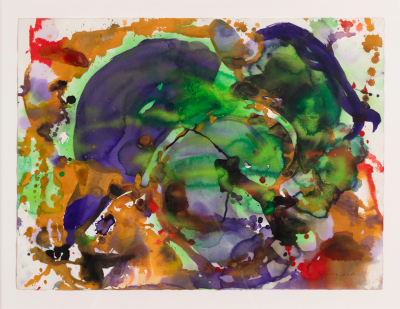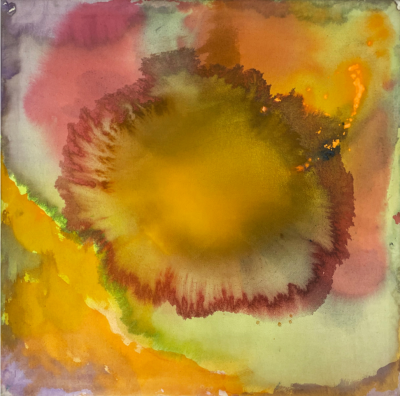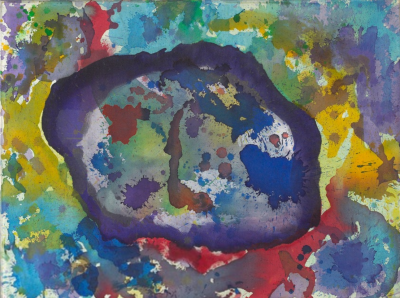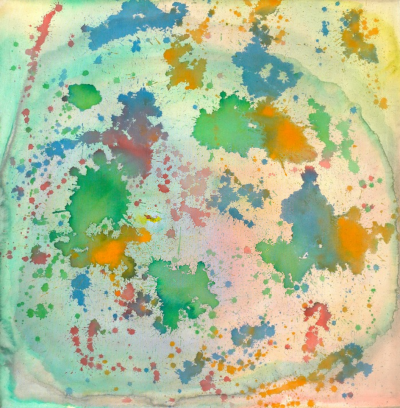Vivian Springford
American, 1914 - 2003
Vivian Springford, a renowned artist celebrated for her vibrant stained color field paintings, is experiencing a renaissance in recognition. Beginning her artistic journey as a portraitist, Springford underwent a transformative evolution influenced by the New York School, marking a departure from her earlier focus. Notably, she shared a close friendship and studio space with Asian artist Walasse Ting, a connection that opened doors to a network of influential artists, including Pierre Alechinsky, Sam Francis, and Karel Appel. The fusion of these diverse inspirations is evident in Springford's work.
Walasse Ting introduced Springford to Asian art and philosophy, leaving an indelible imprint on her artistic expression. The influence is palpable in her early "black paintings," characterized by a pronounced calligraphic influence. While visually distinct, these early works laid the philosophical foundation for Springford's later colorful creations.
Springford's stain paintings exude expansiveness, seemingly blooming from a central point on the canvas and radiating into translucence. Ambiguously scaled, they evoke both cosmic vastness and microscopic intricacy. The varying densities of color create a dynamic visual effect, suggesting an outward push and evolution even as one stands before them. Ethereal yet grounded, Springford's layers and structures draw inspiration from the patterns of the universe or the human body. Her technique and color palette contribute to a sense of depth without overwhelming weight, showcasing a quiet dynamism inherent in her work.
Born in Milwaukee, Wisconsin, Springford attended the Spence School in New York City, with her primary artistic education coming from the Art Students League. Notably, the influential art critic Harold Rosenberg played a pivotal role in securing her first exhibition in 1960 at the Great Jones Gallery in New York.
Despite early success, Springford chose a more private path for her work after the 1960s, participating in only a few group exhibitions. In her later years, she faced challenges as macular degeneration left her legally blind by the mid-1980s. Rediscovered while living in a small midtown New York hotel, her body of work was introduced to a wider audience by a social worker, leading to exhibitions of her paintings starting in 1998. The resurgence of interest in Vivian Springford's art showcases the enduring appeal of her unique and dynamic contributions to the art world.
